Dragon Fruit
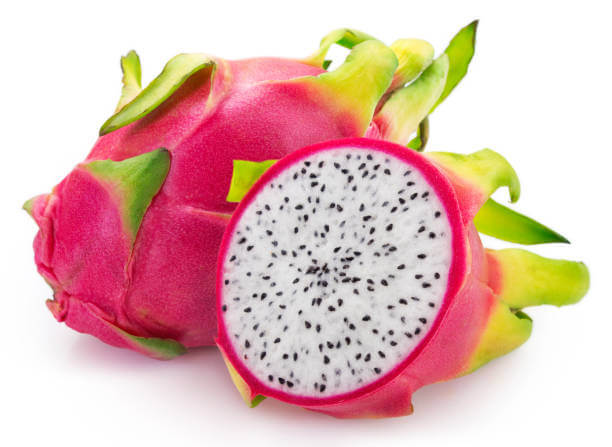
Dragon fruit (or pitaya) is one of the most eye-catching fruits in the world—bright pink or yellow skin with green leafy “flames,” and speckled white or magenta flesh inside. But it’s not alone in its dramatic appearance. Several other fruits share its wild look, vibrant color, or spiky surface. Here are five fruits that are often mistaken for dragon fruit—or at least give off the same exotic, alien vibe.
1. Kadushi (Cereus repandus)
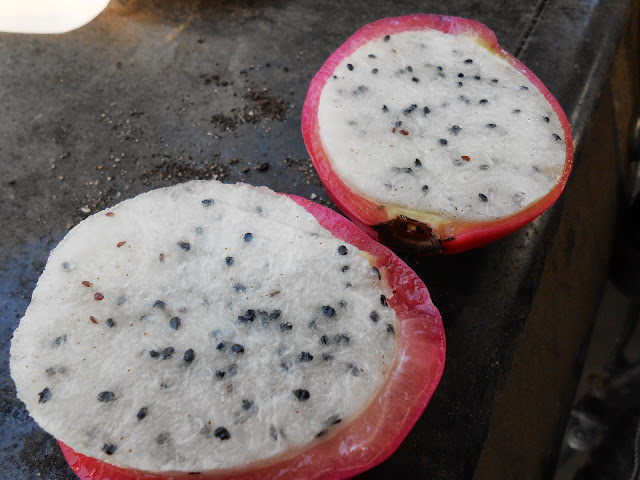
The first fruit that closely resembles dragon fruit is the Kadushi (Cereus repandus). This cactus fruit, native to the Caribbean and South America, has a vibrant purple or red skin that hides sweet white flesh speckled with black seeds. Its refreshing, lightly sweet taste and striking appearance make it an eye-catching and delicious cousin to the more famous dragon fruit.
2. Cactus Pear (Prickly Pear / Opuntia)
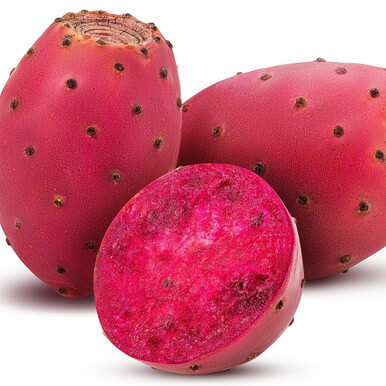
Cactus pear comes from a different cactus species than dragon fruit but shares a similarly colorful, oval-shaped body with a smooth or lightly spiny surface. It often appears in bright magenta, red, or yellow—just like dragon fruit—and when sliced open, reveals a juicy, seed-speckled interior that closely resembles dragon fruit’s texture. However, prickly pears are generally smaller and more oval than round, often covered in fine hair-like spines (glochids), with much harder seeds and a flavor that’s more mellow or melon-like compared to dragon fruit’s mildly sweet taste.
3. Kiwano (Horned Melon)
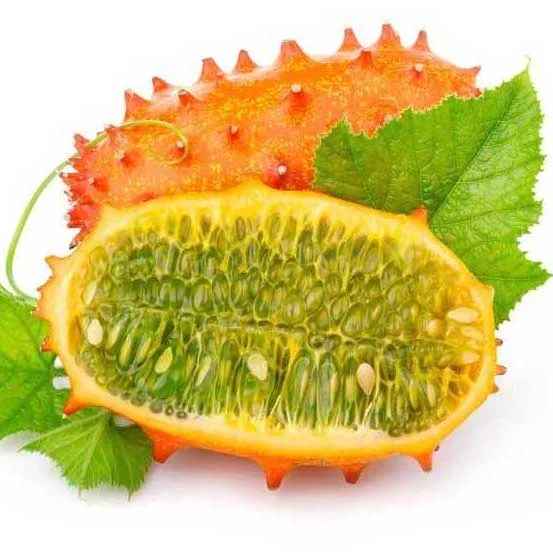
Also known as horned melon or African horned cucumber, kiwano has a spiky, bright orange-yellow skin that looks just as alien and eye-catching as dragon fruit. Its vibrant exterior and unusual texture often intrigue or confuse shoppers browsing the exotic fruit aisle. However, unlike dragon fruit’s smooth, leafy “flame-tipped” skin, kiwano is covered in firm, pointed horns. Inside, it reveals a green, jelly-like pulp filled with edible seeds and delivers a tangy, citrus-cucumber flavor rather than the mild sweetness of dragon fruit.
4. Rambutan
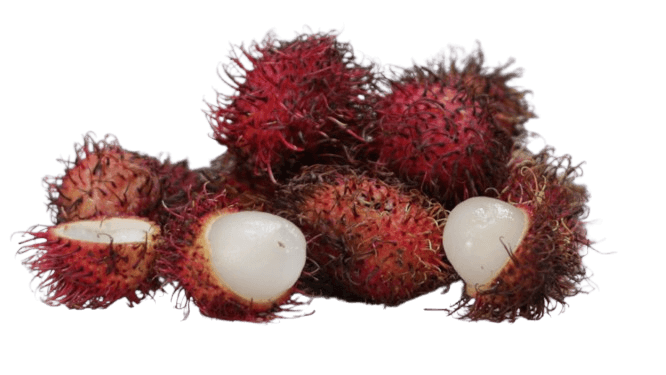
Rambutan has a small, round shape and a bright red or pink skin covered in soft, hair-like spines that resemble the leafy flares of dragon fruit. When displayed in clusters, the visual similarity can be striking, making it easy to see how someone might confuse the two. However, rambutan’s spines are flexible and hairy rather than leafy, and the fruit itself is much smaller. Inside, it contains a single large seed surrounded by juicy, translucent flesh with a sweet, lychee-like flavor—quite different from the seedy, mildly sweet flesh of dragon fruit.
5. Achiote Fruit (Annatto)
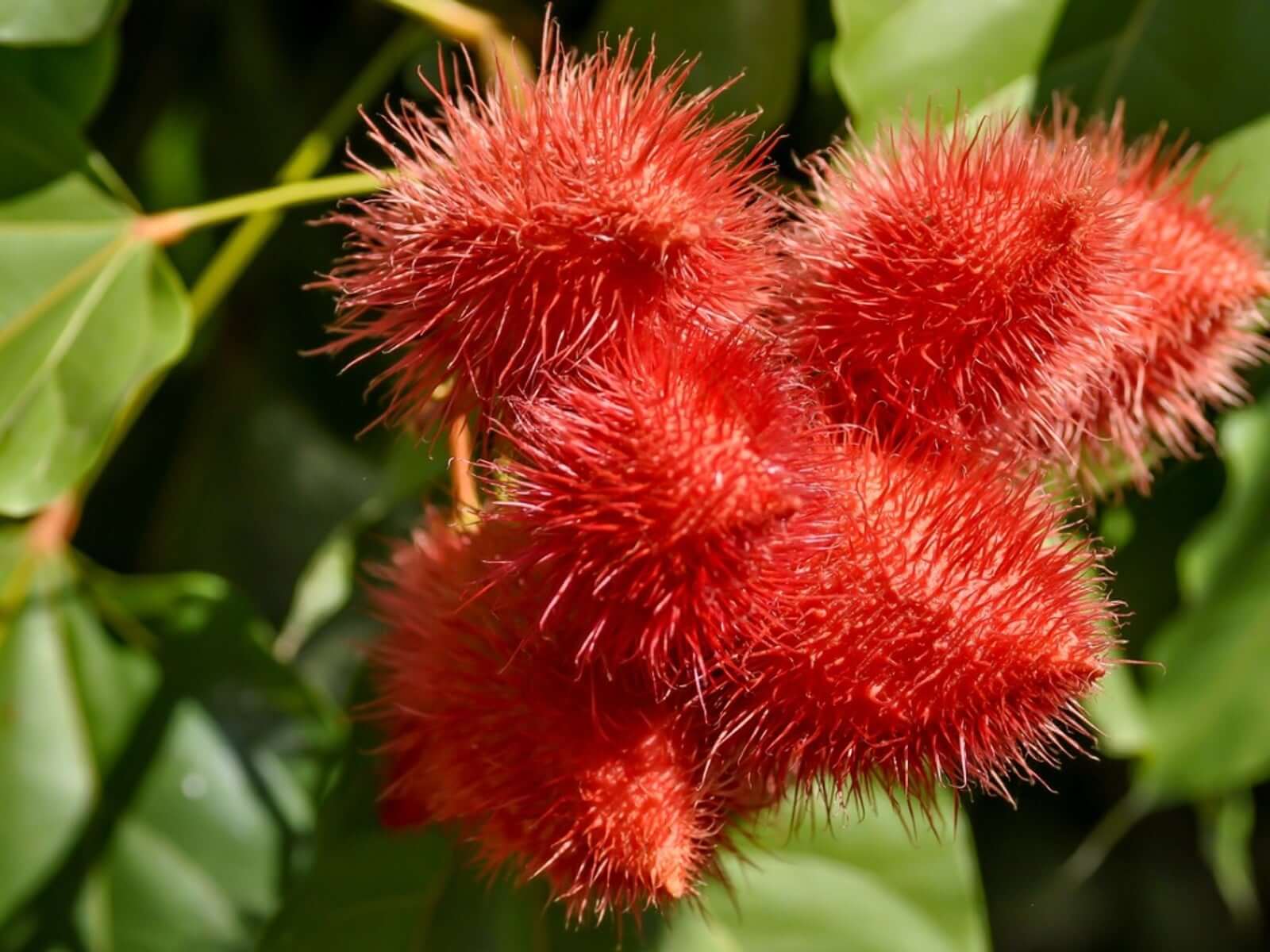
The achiote fruit grows as a reddish capsule covered in dense, short spines, giving it a dramatic, spiky appearance that can resemble the bold exterior of a dragon fruit. When split open, it reveals clusters of vibrant red seeds nestled inside a hairy interior, adding to its striking look. However, achiote isn’t typically eaten as a fruit—the seeds are used as a natural dye or spice known as annatto. While it shares dragon fruit’s wild, spiky exterior, achiote is much drier and more fibrous, lacking the juicy flesh that makes dragon fruit a refreshing tropical treat.
